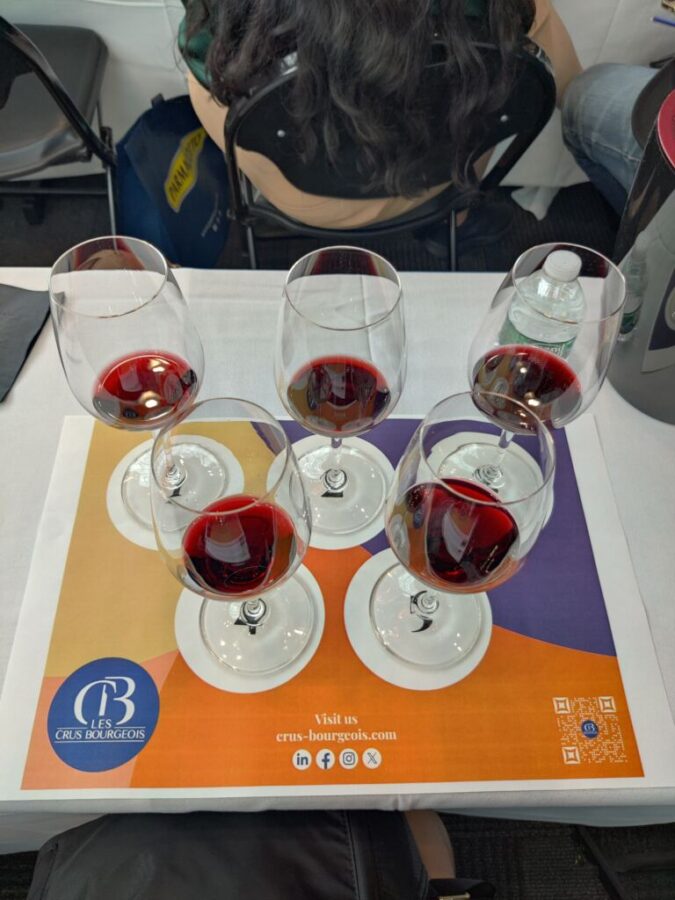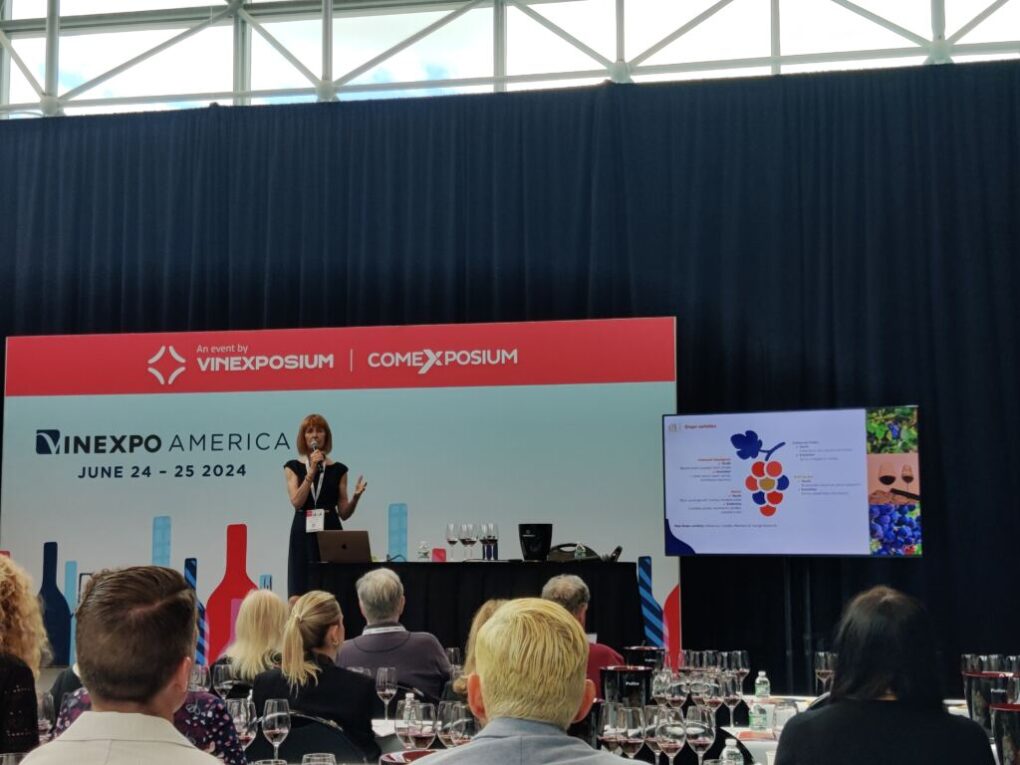
The classification of AOC Crus Bourgeois du Médoc and the use of the term “Cru Bourgeois” can be traced back to medieval times when the land most suited to wine production located primarily within the town or “bourg” in Bordeaux came under the ownership of some of the area’s citizens or “bourgeois. The designation “Cru Bourgeois” gradually grew out of the citizens’ use and development of the lands in winemaking.
In 1932, the Bordeaux Chamber of Commerce, the Gironde Chamber of Agriculture, and Bordeaux wine merchants officially classified these crus collectively as “Crus Bourgeois” in recognition of their quality within Bordeaux.
Crus Bourgeois refers to red wines produced within one of the eight appellations in the region of Médoc on Bordeaux’s Left Bank. These include Saint-Julien, Saint-Estèphe, Pauillac, Moulis, Médoc, Haut-Médoc, Listrac, and Margaux. The Crus Bourgeois classification is given only to wines from these appellations that demonstrate both quality and value. These wines are made from the Bordeaux red grapes Cabernet Sauvignon, Merlot, Petit Verdot, and Cabernet Franc grown on the gravel and limestone-rich soil that thrives under the mild, maritime-influenced climate of the Médoc. The wines of the Crus Bourgeois are typically characterized by fresh acidity and bright tannins, with aromas of purple flowers, red and dark berries, and black stone fruit, and notes of violets, mixed berries, and plums, as well as dried herbs, scented wood, and earth.
The Alliance des Crus Bourgeois is comprised of approximately 249 family and cooperatively- owned wineries accounting for around 40% of wine production in the area. President of the Alliance des Crus Bourgeois du Médoc Frank Bijon was elected in 2021 for a five-year term, during which he and the Alliance member chateaux will review the regulations governing the classification. This ensures that every stage of wine production from planting and harvesting, to processing and bottling, meets or exceeds the highest environmentally sustainable quality metrics as determined by the Alliance. In a testament to its commitment to environmental sustainability, every winery designated Crus Bourgeois must have proof of environmental certification. Each chateau receives a classification in one of three levels:
Crus Bourgeois (180 chateaux (85% of wines produced under this level of classification is exported to the US market))
Crus Bourgeois Superieures (56 chateaux)
Crus Bourgeois Exceptionnels (14 chateaux)

Wine consultant and judge, and Master of Wine Mary Gorman-McAdams, led a masterclass on Les Crus Bourgeois, at Vinoexpo New York, in Jacob Javitz Center. She guided members of the trade through a tasting of five noteworthy Crus Bourgeois wines that exemplified the quality standards set forth by the Alliance des Crus Bourgeois. These included:
Chateau de Panigon, Médoc, 2020
Chateau d’Agassac, Haut-Médoc, 2019
Chateau Reverdi, Listrac-Médoc, 2019
Chateau Mongravey, Margaux, 2022
Chateau Tour de Pez, Saint-Estèphe, 2019

Be First to Comment